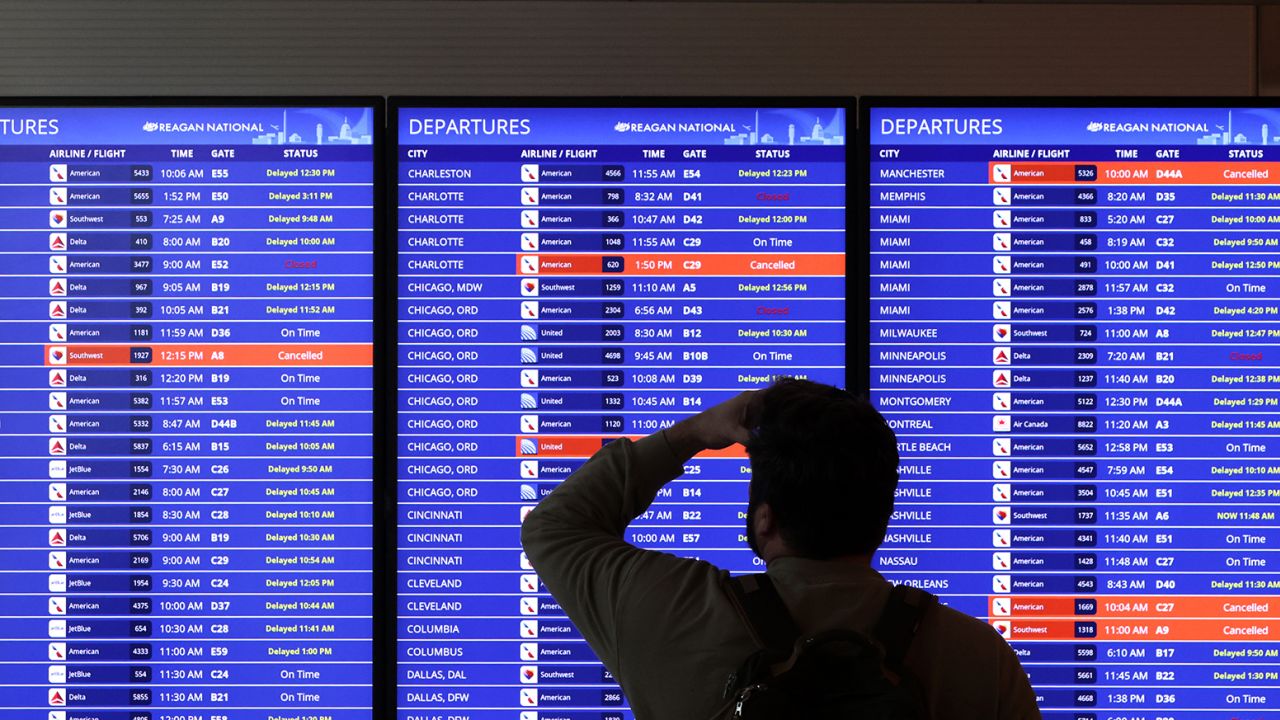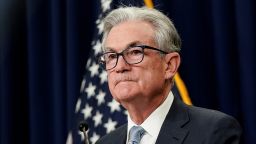Editor’s Note: Gad Levanon is the chief economist at the Burning Glass Institute. He’s the former head of The Conference Board’s Labor Market Institute. The opinions expressed in this commentary are his own.

So far this year, the US economy has managed to skirt a recession, despite what many experts predicted. But even while the labor market remains strong, there isn’t much to celebrate in the foreseeable future. We could still very well find ourselves in a recession over the next 12 months, with limited economic growth and lower prospects for improvement in Americans’ standard of living that could linger for the rest of the decade.
Here’s why:
Consumer spending on services will start to slow
Currently, spending on consumer services (think hotels, passenger transportation and hair salons, for example) is growing rapidly and keeping the economy above water. That is not surprising, because consumer services, like travel and dining out at restaurants, are still recovering from the complete collapse during the early part of the pandemic. And because such services are more labor intensive, jobs continue to grow rapidly.
But this strong growth can’t persist forever. As the fear of the pandemic subsides and households return to pre-pandemic spending patterns, the pace of recovery in consumer services will slow, and by 2023, job growth in this sector will no longer be unusually high. Since consumer spending on services makes up about 45% of the US economy, the slowdown in this segment could tip the economy into a recession, especially if the rest of the economy continues to contract.
The impact of rising interest rates
In its fight to tame inflation and slow the economy, the Federal Reserve will continue to rapidly raise interest rates. Industries sensitive to rate hikes — like the housing market and auto sales — will suffer. Housing starts and sales, for instance, are already in deep contraction and will continue to decline as mortgage rates remain elevated. In addition, stock prices tend to decline when interest rates rise, reducing households’ net worth and spending.
Labor shortages will persist for the rest of the decade
The worker shortage isn’t just a temporary problem, but rather the result of several long-term demographic and labor market trends converging with the pandemic.
First, as baby boomers retire, working-age population growth is slowing to a halt. Second, people in the 25 to 34 age group, especially men without a college degree, are more likely to be out of the labor force. They are much more likely to be single and living with their parents with less of a need to earn income.
Third, for decades, people under age 25 have been withdrawing from the labor force to enroll in higher education. And in recent decades, there has been a large increase in the share of people who have opted out of the labor force due to disability.
The pandemic further reduced labor force participation, especially among older people and those who fear getting infected or those who are suffering from long Covid. In addition, the flow of new immigrants to the US was significantly limited from 2018 to 2021 due to stricter government regulations, and the pandemic, further slowing the supply of available talent.
Worker productivity could have offset stagnation in the size of the workforce, but the last decade saw a slowing in productivity gains, and the pandemic brought no improvement. In the next five to 10 years, the tight labor market will continue to push wages higher, and the resulting price pressures will force the Fed to keep interest rates higher than they would otherwise be.
This has created an economy where significant job growth and low inflation cannot coexist. It is either one or the other, because significant expansion of employment in a super-tight labor market will accelerate wages, and therefore prices. In such an environment, we should expect slow economic and job growth for the rest of the decade.























